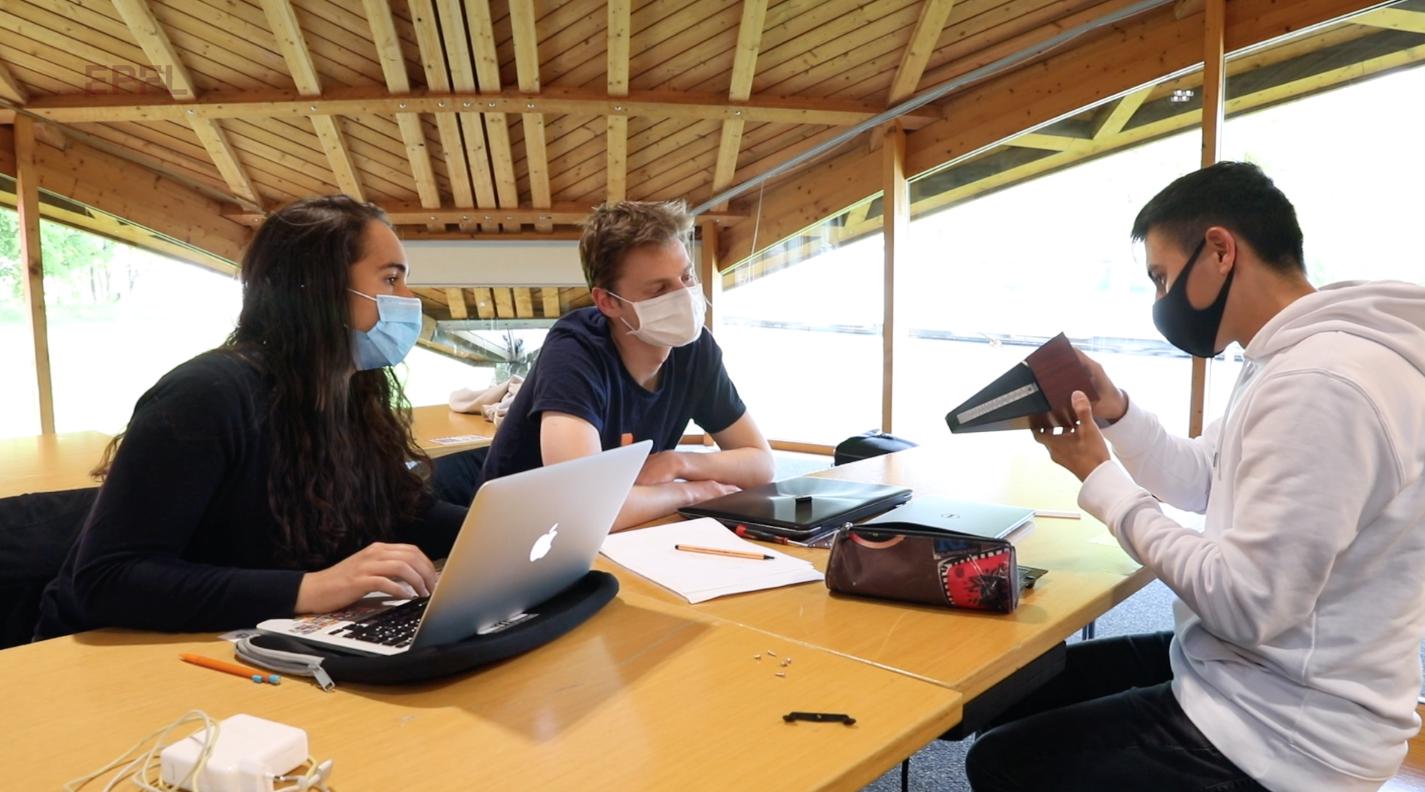Students disassemble everyday devices to grasp the underlying theory
Sometimes you have to take things apart – separate out their components, dig into the nuts and bolts and test various hypotheses – to figure out how they work. That’s the premise behind the reverse-engineering class at EPFL, where students deconstruct everyday objects to better understand the mechanisms involved.
Every year, some 150 third-year Bachelor’s students in microengineering get an opportunity to directly link the theory they learned in class to real-world objects through a fun reverse-engineering class that EPFL introduced in 2018. Students form groups and then select an everyday object – like an electric razor, a fan, an electric kettle, a fishing reel, a toaster or a bicycle derailleur – and take it apart completely, investigating its various parts, how it was built, how components are connected together, and what each one does. That lets them understand step by step how the object was manufactured.
This kind of hands-on approach is very effective for teaching, as Yves Bellouard – the professor who created the class – is happy to note. “Students are eager for classes that involve concrete applications,” he says. “These reverse-engineering assignments help them better understand manufacturing processes which, with their lists of operating procedures, can otherwise seem abstract.”

The learning goes both ways
The truth is, Prof. Bellouard enjoys taking things apart just as much as his students do, as it gives him valuable insight into production methods. By helping his students examine an object’s inner workings, he can advise them on the best approach to take to decipher how the object functions and what materials it’s made from, and to formulate and test hypotheses by running models. “Reverse-engineering is a great way to enhance students’ engagement and motivation,” he says. “They get excited about learning for themselves how things are really made, including what aspects are particularly important and how the technology is used.”
Nadia, Aziz and Brahim chose to reverse-engineer a stethoscope, which is a much more complicated device than it may seem. For example, its ostensibly simple chest piece – the metallic disk that’s placed on your chest – contains a diaphragm. “This class lets us apply everything we learned in the first two years – materials science, tooling methods and even some concepts from electronics,” says Aziz. We used spark erosion to cut the chest piece apart and see how it was made.”

While this class takes a more fun approach to learning, the reverse-engineering assignment counts for 40% of the overall grade. “At the end of the semester, the students must be able to fully explain how the object they analyzed was built,” says Bellouard. “We also ask them to suggest alternative methods – this is mainly to focus their attention on sustainability issues, but also to stimulate their creativity.”

EPFL’s Discovery Learning Program, part of the cross-disciplinary MAKE initiative, is intended to supplement students’ curricula with hands-on learning opportunities. By enabling students to acquire skills gradually through a carefully orchestrated approach that runs throughout their studies, the Discovery Learning Program both reinforces students’ knowledge and boosts the quality of the education they receive.
Bellouard’s class is just one notable example of this hands-on approach. EPFL professors work closely with the Teaching Support Center (CAPE) and the LEARN Center to develop these kinds of teaching methods and better understand how they can be applied, in order to give students a well-rounded education.